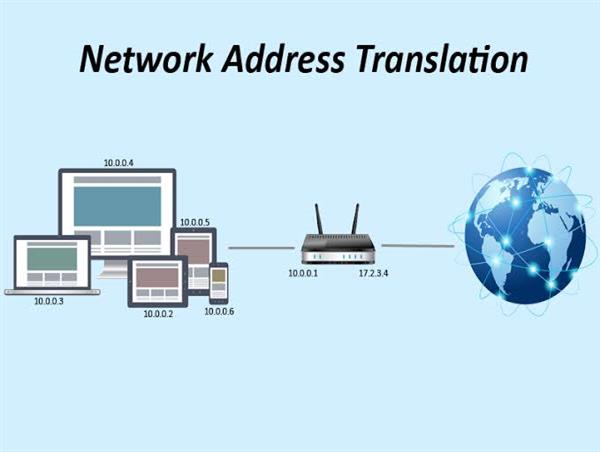The flavor of Network Address Translation (NAT) that can be used to have one IP address allow many users to connect to the global Internet is known as Port Address Translation (PAT), also referred to as Network Address Port Translation (NAPT) or masquerading. PAT is a technique that enables multiple private IP addresses within a local network to share a single public IP address when communicating with the Internet.

In traditional NAT, each private IP address is translated to a unique public IP address. However, with PAT, the translation goes beyond just IP addresses. PAT operates at the transport layer of the TCP/IP protocol stack and performs address translation by also utilizing port numbers.
Here's how PAT works:
1. Private IP Addresses: Within a local network, each device is assigned a private IP address from a reserved IP address range. These private IP addresses are not routable on the Internet.
2. Port Mapping: When a device from the local network initiates an outgoing connection to the Internet, PAT dynamically assigns a unique port number to the communication. This port number is associated with the private IP address of the device.
3. Translation Table: PAT maintains a translation table that maps the private IP address and port number to a specific public IP address and port number.
4. Outgoing Communication: The outgoing packet from the device includes the private IP address and the assigned port number. As the packet traverses the network, the NAT device replaces the source IP address with the public IP address from the translation table and modifies the source port number accordingly.
5. Incoming Response: When the response packet arrives at the NAT device, it checks the destination port number and uses the translation table to determine the private IP address and port number to which the response should be forwarded. The NAT device replaces the destination IP address and port number accordingly and forwards the packet to the appropriate device on the local network.
By utilizing port numbers in addition to IP addresses, PAT allows multiple devices with different private IP addresses to share a single public IP address. The port numbers ensure that each communication is uniquely identified and directed to the correct device within the local network.
PAT offers significant advantages in conserving public IP addresses. With a limited number of available public IP addresses, PAT enables Internet Service Providers (ISPs) to serve a larger number of customers using a smaller pool of public IP addresses. It also provides an added layer of security by obfuscating the internal IP addresses of devices within the local network.
In conclusion, Port Address Translation (PAT) is the flavor of Network Address Translation that allows multiple users with private IP addresses to connect to the global Internet using a single public IP address. By leveraging port numbers in addition to IP addresses, PAT enables many users to share the same public IP address, conserving public IP address resources and facilitating Internet connectivity for multiple devices within a local network.